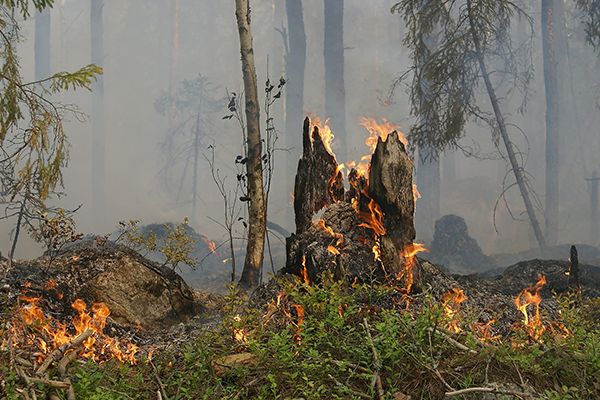The Amazon rainforest has been on fire for the past month, and Brazil has declared a state of emergency in the region. The fires are destroying the homes of indigenous tribes and threatening millions of animal species. One tribal chief described the halting response of Brazil’s president, Jair Bolsonaro, regarding the fires, along with his support for deforestation, as a form of genocide CBS News reported.
The number of fires in Brazil this year is the highest on record since 2013 and is up by 85% from last year alone, CNN reported. So far this year, more than 80,000 fires in the country have been detected by Brazil’s space research centre.

There are so many fires burning now, that smoke is visible from space. European Space Agency astronaut Luca Parmitano captured images of smoke from the International Space Station on Aug. 27. Parmitano said the haze is so widespread, it resembles clouds in some of the photos.
What caused the fires?
While the Amazon rainforest is typically wet and humid, July and August — the onset of the dry season — are the region’s driest months, with “activity” typically peaking by early September and stopping by mid-November, according to NASA.
Fire is often used to clear out the land for farming or ranching. For that reason, most of the fires can be attributed to humans, Christian Poirier, program director of the non-profit Amazon Watch, told CNN.
In a release on Aug. 22, Greenpeace said “In addition to increasing emissions, deforestation contributes directly to a change in rainfall patterns in the affected region, extending the length of the dry season, further affecting forests, biodiversity, agriculture and human health,” Greenpeace said in the release.
What caused the fires?
While the Amazon rainforest is typically wet and humid, July and August — the onset of the dry season — are the region’s driest months, with “activity” typically peaking by early September and stopping by mid-November, according to NASA.
Fire is often used to clear out the land for farming or ranching. For that reason, most of the fires can be attributed to humans, Christian Poirier, program director of the non-profit Amazon Watch, told CNN.
In a release on Aug. 22, Greenpeace said “In addition to increasing emissions, deforestation contributes directly to a change in rainfall patterns in the affected region, extending the length of the dry season, further affecting forests, biodiversity, agriculture and human health,” Greenpeace said in the release.
On Aug. 23, NASA released an AIRS Map showing the carbon monoxide associated with the fires in Brazil between Aug. 8 and August 22nd.
In a 48-hour period, leading up to Aug. 29, there were more than 2,500 active fires in the Brazilian rainforest, the BBC reported Friday.
The smoke from the fires is visible from space. The European Union Earth Observation Program’s Sentinel satellites captured images of “significant amounts of smoke” over Amazonas, Rondonia and other areas. NASA has been monitoring the fires. Over the past week, satellites from the EU and NASA have been tweeting images of the smoke on social media.
The skies blackened over San Paulo, Brazil, for an hour on August 19th after a cold front caused winds to shift and carry smoke from about 1,700 miles away. On Friday, Telesur TV reported that smoke from the fires could be seen in Argentina.
The fires are still active. On Saturday, Amnesty International captured a photo of the burned forests in the Mato Grosso state. Bolsonaro was mobilizing the Brazilian army to combat the flames, Euronews reported.
The patchy rain predicted through September is expected to bring minor relief but won’t help to extinguish the fire, Reuters reported Aug. 27. The rain that’s forecast for the next two weeks is reportedly set to fall in the areas that need it the least.

